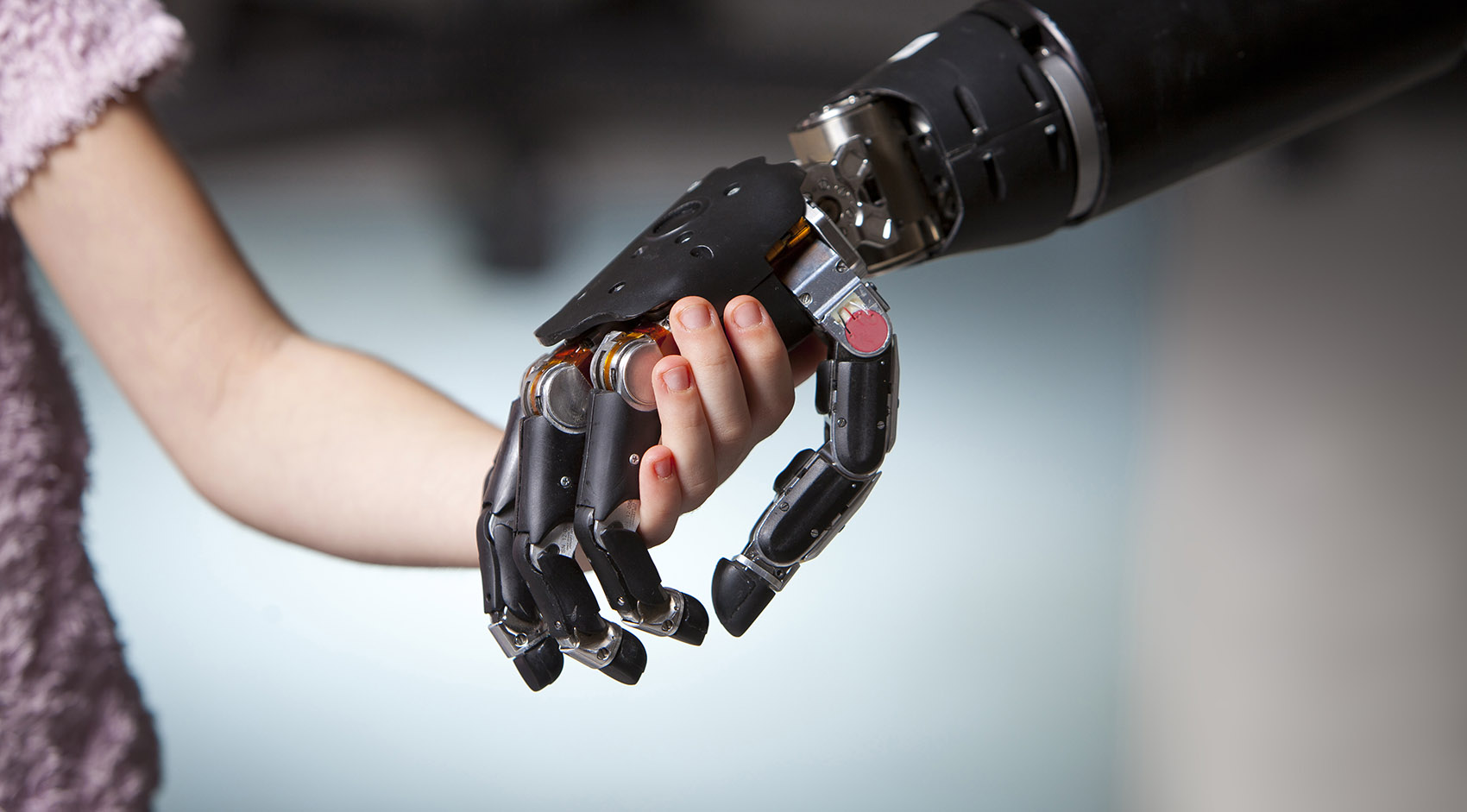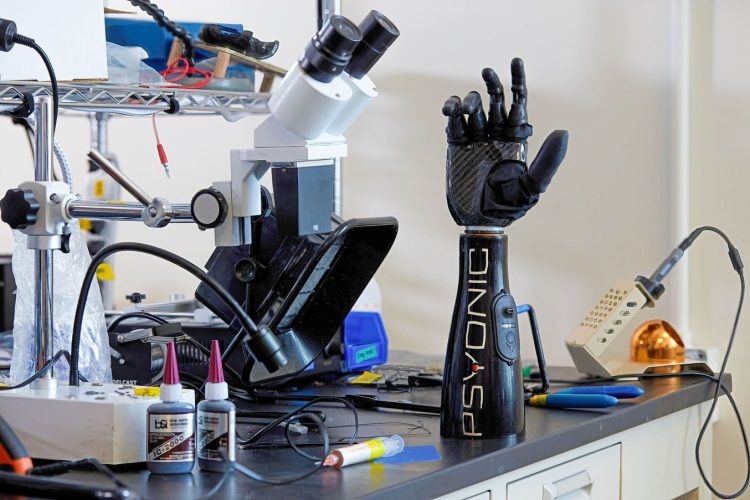Introduction: The Evolution of Prosthetics and Bionics
In recent decades, the world of prosthetics has seen significant breakthroughs. Traditionally, prosthetic limbs were relatively basic mechanical extensions, designed primarily to restore functionality for those who had lost limbs due to injury or disease. However, a new wave of technological advancements is bringing prosthetics closer to mimicking the human body with unprecedented precision. This evolution has paved the way for bionics — the next frontier in artificial limbs.
So, is bionics the future of prosthetics? Let’s delve into the latest developments and explore how bionics could change the way we think about prosthetics.
What Are Bionics?
Bionics is a multidisciplinary field that combines biology with electronics and mechanical engineering. It involves creating artificial systems that replicate the function of biological organisms. In the context of prosthetics, bionics refers to advanced artificial limbs or devices that use electronic and mechanical systems to simulate or enhance the functionality of a human limb.
Unlike traditional prosthetics, which are often passive devices that provide basic support or simple movement, bionic prosthetics are active. They use sensors, motors, and often artificial intelligence (AI) to respond to the user’s intentions, providing more lifelike and functional movement.
The Technological Leap: How Bionics Are Changing Prosthetics
1. Sensory Feedback and Artificial Intelligence
One of the major advancements in bionic prosthetics is the integration of sensory feedback. Early prosthetics were mostly about restoring basic functions like walking or gripping. However, modern bionic limbs go a step further by using sensory technology to provide feedback to the user’s brain, similar to the feeling of touch or pressure.
Through the use of electrodes and sensors, bionic limbs can “feel” and send information to the user’s nervous system. This feedback loop allows individuals to detect things like temperature, texture, or even the force of a grip. For example, prosthetic hands with sensory feedback can provide a sense of pressure when holding an object, enabling users to grip items more securely without crushing them.
The inclusion of artificial intelligence also plays a pivotal role in this process. By learning from the user’s movements, AI can improve the control and precision of the prosthetic over time, making the device more intuitive and easier to use.

2. Advanced Materials and 3D Printing
Bionics rely on advanced materials that can mimic the flexibility and strength of human tissues. Some of these materials, like carbon fiber and specialized polymers, are lightweight yet durable enough to support the intricate movements of bionic limbs.
Another game-changing development is 3D printing. The ability to create prosthetics with 3D printers allows for greater customization. Prosthetic devices can now be designed and printed to match the user’s specific anatomy, leading to better comfort and performance. This also reduces the cost and time it takes to manufacture a prosthetic limb compared to traditional methods.
3. Brain-Controlled Prosthetics: A Step Toward Full Integration
Perhaps the most futuristic advancement in bionics is brain-controlled prosthetics. Researchers are working on systems that allow users to control their prosthetic limbs directly with their thoughts. Using brain-machine interfaces (BMIs), signals from the brain can be transmitted to the prosthetic via electrodes placed on the scalp or implanted in the brain.
This breakthrough could open up the possibility for truly seamless integration of prosthetics, where users wouldn’t need to consciously think about their movements — the prosthetic would simply become an extension of their body. The dream of fully restoring motor function and even regaining sensory perception is slowly becoming a reality.
Current Challenges in Bionics
While the potential of bionics is undeniable, there are still several challenges to overcome.
1. Cost and Accessibility
Currently, bionic prosthetics are expensive. The sophisticated technology and materials involved make them out of reach for many people, especially in developing countries. Even in developed nations, the high cost of bionic limbs is often not covered by insurance, leading to a disparity in access to these advanced devices.
However, with the advancement of 3D printing and mass production techniques, there is hope that costs will come down in the future, making bionic prosthetics more accessible to a wider audience.
2. Power Supply and Durability
Bionic prosthetics require a power source to operate motors, sensors, and AI systems. While battery life has improved, it’s still a concern, especially for users who rely on their prosthetics throughout the day. Additionally, the durability of these devices in harsh environments remains a challenge. Extreme weather, water, and dust can affect the performance of bionic systems, making them less reliable in certain conditions.
Researchers are actively working on improving battery technology and creating more rugged prosthetic designs to address these issues.
3. Integration with the Nervous System
For bionic limbs to function truly seamlessly, they must be able to interface with the human nervous system in a natural way. While progress has been made in creating prosthetics that respond to electrical signals from the muscles, true integration with the brain is still in the early stages. Neural interfaces are complex and pose significant challenges in terms of safety, precision, and long-term functionality.
Despite these challenges, the field of brain-controlled prosthetics is progressing rapidly, with clinical trials already underway for advanced brain-machine interfaces that could offer direct control over prosthetic limbs.

The Future of Bionics: What’s Next?
1. Enhanced User Experience and Autonomy
Looking ahead, the goal is to enhance the user experience by making bionic limbs more intuitive and autonomous. One possibility is the development of prosthetics that can predict the user’s movements based on past actions or environmental cues. For example, a bionic arm could learn the user’s regular movements and automatically adjust its response, reducing the need for conscious effort.
Additionally, future bionic devices may not be limited to replacing lost limbs but could augment human abilities. Imagine bionic limbs that enhance strength, dexterity, or even enable superhuman feats. As the line between biological and artificial blurs, the potential applications of bionics are vast.
2. Biocompatibility and Long-Term Integration
Another exciting frontier is the development of prosthetics that are even more closely integrated with the human body. The goal is to create devices that are not only functional but also biocompatible, meaning they will integrate seamlessly with the body over the long term. This could include advancements in tissue engineering and robotics that allow for prosthetics that “grow” with the user or respond more naturally to body movements.
3. Full Sensory Integration
Researchers are exploring ways to provide full sensory integration with bionic limbs. This could mean prosthetics that not only provide tactile feedback but also offer a full range of sensory inputs — from temperature regulation to proprioception (the sense of where your limbs are in space). If perfected, these sensory integrations could restore a fuller sense of body awareness and help users regain a level of sensory experience that was once thought impossible.
Conclusion: A New Era for Prosthetics
Bionics represents a monumental shift in the way we approach prosthetics. What was once thought of as a mere replacement for lost limbs is now becoming an integrated, lifelike extension of the human body. The future of bionics holds great promise for those living with limb loss, offering not just functional restoration but a new realm of possibilities for human augmentation.
While there are still hurdles to overcome in terms of cost, accessibility, and integration, the potential benefits of bionic prosthetics are too great to ignore. In the coming decades, we may see bionics revolutionize not just prosthetics, but our very understanding of human potential.











































